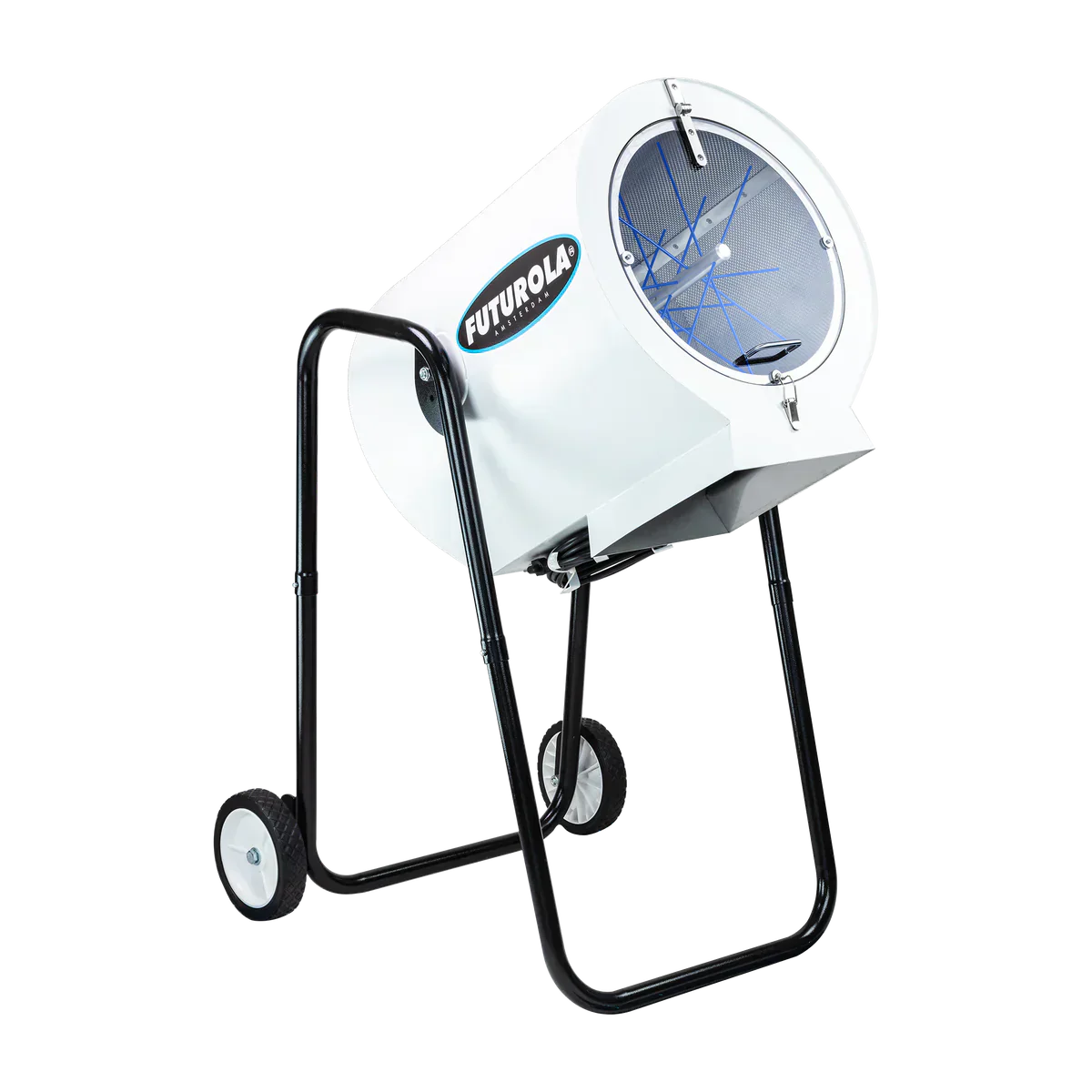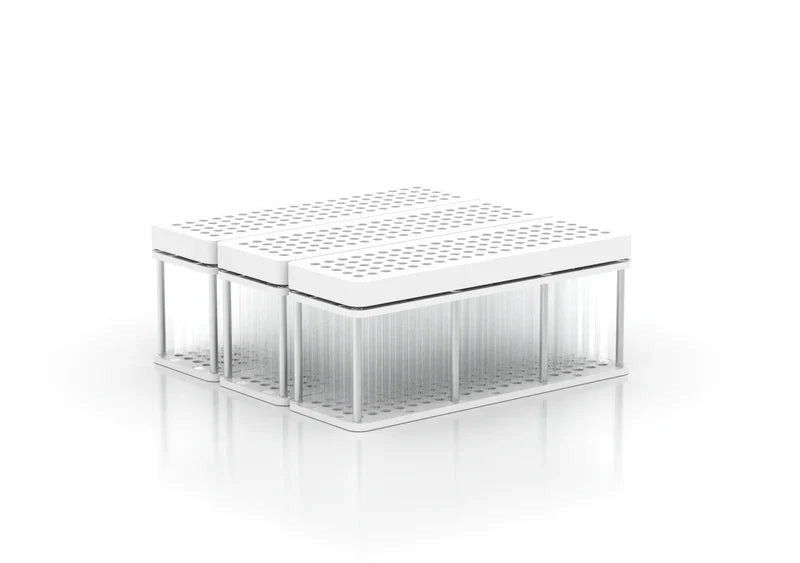There’s nothing worse than sparking a pre-rolled cone only to have it canoe, clog, or burn out halfway through. The burn, the airflow, the draw. It all comes down to how well it’s packed. And honestly, a lot of the issues people run into come from small mistakes that stack up fast.
If you want every cone to burn clean, hit smooth, and hold together like it’s supposed to, knowing what not to do is just as important as getting the basics right.
Here are 10 common pre-rolled cone packing mistakes people make when dealing with pre-rolled cones and exactly how to avoid them.
1. Overpacking the Cone
More doesn’t always mean better. When you stuff too much herb into the cone, it cuts off airflow. That’s when you start pulling hard with barely anything coming through or it won’t light properly at all. You end up burning your flower unevenly, wasting good material, and frustrating the session.
Overpacking also makes the premium pre-rolled cones feel tight and rigid, reducing its flexibility and making it more likely to crack or tear when handled. This mistake is especially common with dry herb that expands slightly under pressure. The tighter the pack, the more pressure on the paper, the harder it is to get an even burn.
Instead of filling pre-rolled cones all at once, take it slow. Add a bit, tap it down, and feel how the density builds. You should be able to tap the cone and still see some bounce in the packed flower. That’s your sign that there’s enough room for air to move while still supporting the cone’s shape.
Practice makes perfect. The more you work with pre-rolls, the easier it becomes to gauge the right level of pressure. Eventually, you’ll know by touch when a cone is packed just right. Not too tight, not too loose.
2. Underpacking the Cone
Loose packing leads to limp cones. Not only will the shape be unstable, but the burn becomes unpredictable. You’ll find yourself constantly rotating the cone to fix one side burning faster than the other. Worse, a cone that’s not packed properly may collapse at the tip when lit, ruining the whole experience.
An underpacked cone doesn't offer any resistance. It feels hollow and loose, and that kind of structure doesn’t support an even burn. You’ll burn through the top quickly while the lower half remains untouched, which is a waste of both paper and flower.
To avoid this, pack in stages. Add flower, tap the filter gently against a flat surface, and tamp it slightly. This will help distribute the material evenly while allowing it to settle naturally. Continue until the cone is full and has a consistent feel from base to tip.
Underpacking can also make your cone unstable when held. It won’t sit well in your hand or a holder, and the flame won’t catch as cleanly. That alone is enough reason to take a few extra seconds to build the cone up properly.
3. Using the Wrong Grind Size
The process of grinding herbs is everything. Too fine, and the airflow gets blocked. You’ll be pulling hard just to get a weak hit. Too chunky, and you get uneven burning with big gaps that mess up the draw. That results in a harsh, inconsistent session where every puff tastes different.
A good grind creates uniformity. It makes it easier to pack evenly, promotes a slow and even burn, and reduces the risk of clogging. The goal is a fluffy, semi-dense grind. Not dust, not chunks. Think of it like dried herbs for cooking: you want texture, not powder.
Use a reliable grinder or shredder that doesn’t over-process your flower. Machines that are too aggressive can turn your material into powder, while low-quality grinders leave uneven clumps. You want balance and consistency above all.
A properly ground flower will hold its shape inside the cone, letting air pass through while maintaining that structural integrity. The difference it makes in flavor and burn speed is huge, especially when using high-quality material.
4. Ignoring Moisture Content
If your flower is too dry, it crumbles and burns hot. The hits are harsh, and the terpenes that carry flavor are lost almost instantly. On the other hand, if it’s too moist, it clumps, making packing harder and increasing the risk of mold if the cone sits for too long before being smoked.
Moisture control is a major factor in cone performance. It influences burn rate, flavor, aroma, and even the texture of the ash. Too much humidity leads to uneven burns. Too little leads to fast, hot drags that don’t let you enjoy your session.
Use a hygrometer and humidity packs to manage your flower’s moisture level. The sweet spot is generally between 55–62% RH (relative humidity). At that level, your herb will grind evenly, pack properly, and smoke smoothly.
A simple touch test helps, too. If your flower feels dry and dusty, it’s gone too far. If it sticks together like damp tea leaves, let it dry out a bit before packing. That balance makes all the difference in how your cone performs.
5. Twisting the Tip Too Tight
When sealing the crown of your cone, some people twist the paper too tightly. That traps heat and creates resistance that ruins the draw. It’s one of the most overlooked mistakes, especially for first-timers who think a tight twist means a better seal.
A cone that’s twisted too tight at the tip starts burning unevenly. The flame has to force its way through that dense knot of paper, which creates a harsh beginning to your session. You’ll taste burnt paper before you taste flower, and that’s a waste.
Instead, keep your twist light. You can also gently fold the crown or use a crutch-style tuck instead. This allows for a smoother light and a cleaner start to the burn. Remember, you’re not trying to block the airflow. You’re just closing the top.
Let the cone's natural taper and packing do the work. A gentle close ensures the flame catches evenly across the crown, leading to a better smoke right from the start.
6. Failing to Tap and Level
Once you’ve filled your cone, it’s tempting to just light it up. But skipping that final tap to settle the herb is a mistake. You’ll get air pockets that throw off the burn or cause relights. Even small gaps in the packing can cause big issues in draw and burn performance.
Tapping the cone gently on a hard surface (filter side down) helps everything settle into place. It evens out inconsistencies and preps the cone for a final, smooth top-off. It’s a quick step, but it’s one that brings structure to your entire cone.
Once tapped, use your packing tool to press the top layer gently. The goal isn’t to compress everything. You just want a level surface for lighting. This gives the flame an even path to ignite the cone fully without creating a high or low point that will cause canoeing.
Leveling also gives your pre-roll a clean, finished look. It seals the presentation and improves handling. You’ll be able to light it evenly, pass it around confidently, and avoid all the common headaches that come from uneven burns.
7. Compromising the Cone’s Shape
Some people bend, squeeze, or crease their cones during packing. That deforms the airflow path and leads to hot spots or collapsed sections. Once the cone’s shape is warped, it’s hard to recover the airflow and draw properly.
Every cone is designed to maintain a consistent airflow from tip to crown. When you change that shape, by pressing too hard or loading the cone at an angle, you mess with the internal balance. That’s when you get weak draws, sideburns, or collapsed sections.
Keep your king size pre-rolled cones, or whatever size you have, upright and hold it gently. Use tools designed for pre-rolls, and avoid overhandling. Let the paper do the work, and don’t crimp or force it into a shape it wasn’t meant to hold.
If you’re using automatic fillers, make sure the machine is calibrated for the cone size. Misaligned tools can warp cones before they’re even filled. Manual fillers should also be used carefully to preserve cone integrity.
8. Filling Too Quickly
Speed isn’t the flex. It’s precision. When you rush, you’re more likely to create inconsistencies in density and distribution, which throws everything off. The top might be tight while the base stays loose, or you might trap pockets of air without realizing it.
Fast filling is the easiest way to mess up a cone that otherwise would’ve burned perfectly. It creates internal turbulence, areas that burn too fast, too slow, or not at all.
Take your time. Fill in layers, tap as you go, and feel the consistency with your fingers. A properly packed cone should feel balanced from tip to base, with no sagging or hotspots.
Rushed packing also leads to wasted flower. When the cone burns unevenly or needs constant fixing, you're not getting the full experience from your material. Slowing down ensures a cleaner, more complete session.
9. Using Low-Quality Pre-Rolled Cones
Not all cones are created equal. Some are too thin, some burn unevenly, and some collapse under even a light pack. If you’re having repeated problems, the cones might be the issue. Not your technique.
Good pre-rolls start with premium rolling papers. Look for cones made with natural gum, slow-burning papers, and consistent sizing. King size or standard formats from reliable sources offer a better starting point than bulk packs of unknown origin.
Low-quality cones also lead to crinkling or tearing when packed, especially if your flower has even the slightest moisture. Invest in better cones, and your entire packing process becomes easier.
You’ll also get a better taste. Premium cones burn cleaner, don’t interfere with the flavor of your flower, and maintain structural integrity through the full session. That alone makes them worth it.
10. Skipping the Dry Test Pull
Before you light up, try a dry pull. This helps you check airflow and catch problems before it’s too late. If the draw feels restricted or uneven, fix it while you still can.
This one step takes two seconds but saves your whole session. It’s your last chance to catch issues like clogs, air pockets, or uneven packing. If anything feels off, use a small packing stick to adjust.
A smooth, even pull before lighting means you’ve done everything right. It tells you the airflow is clean, the structure is stable, and you’re ready to light up without worry.
Think of the dry pull as the quality control check before launch. Don’t skip it. It gives you peace of mind and helps you avoid the frustration of having to fix a burning cone mid-session.
Final Thoughts
Packing a pre-rolled cone isn’t just about stuffing it full and lighting it up. It’s a process that takes just enough attention to get it right. When you avoid these common mistakes, you get a smoother, tastier, and longer-lasting session every time.
Get your grind right, handle the cone properly, and take your time packing. That’s how you turn a simple pre-roll into a perfect burn. No wasted herb. No messed-up airflow. Just a cone that hits like it should, from first light to final ash.





LEAVE A COMMENT
All comments are moderated before being published.
This site is protected by hCaptcha and the hCaptcha Privacy Policy and Terms of Service apply.